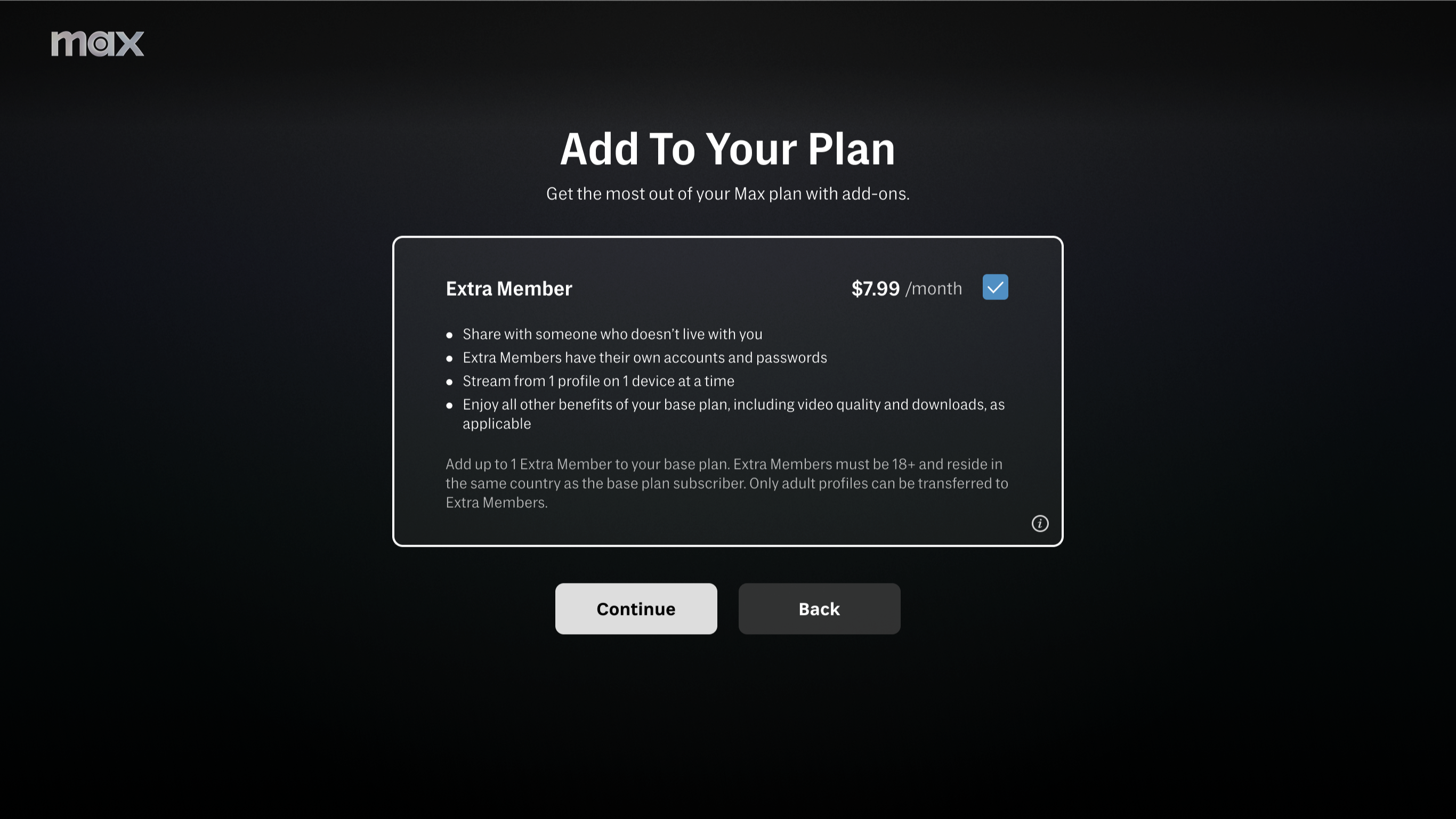FCC focuses on rural television
The FCC, in an effort to boost digital television service in rural America, last week adopted a proposed rulemaking that would extend DTV opportunities to communities served by Low Power Television (LPTV) and translator service.
In its action, the commission is seeking comment on a wide range of legal, technical and policy issues related to the digital conversion and new authorization of stations in the LPTV Service, which includes the following types of stations:
- LPTV stations: LPTV stations may rebroadcast TV signals and originate imported or locally-produced programming in any amount. Approximately 2,100 LPTV stations serve rural communities and discrete geographic communities in urban areas. Many provide the community’s only local news, weather and public affairs programming.
- TV translator stations: A TV translator station simultaneously rebroadcasts the programs of full-service TV broadcast stations without altering any characteristic of the signal other than its frequency and amplitude. A translator station may locally originate emergency warnings and not more than 30-seconds per hour of public service announcements and messages related to its financial support. Translator stations typically serve communities that cannot receive the signals of free, over-the-air TV stations due to large geographic separations or intervening terrain. Most of the 4,700 licensed TV translator stations are in the western mountainous states.
- TV booster stations: A television booster station simultaneously retransmits the programs of a TV broadcast station on that station’s TV channel. Booster stations are licensed only to full-service TV broadcast stations for the purpose of providing signal coverage to terrain-shadowed portions of the station’s service area.
The Notice of Proposed Rulemaking (NPRM) tentatively concludes that digital translator stations should be technically capable of re-transmitting the complete signals of DTV broadcast stations for reception by the general public. It seeks comment on translator local message insertions and, more generally, the extent to which digital translators should be permitted to alter the content or video format of DTV signals. It also concludes that digital LPTV stations must broadcast a video programming service at no charge to viewers having a video resolution “at least comparable to that of an analog TV signal,” but should be permitted to use the remaining digital channel capacity to provide ancillary and supplementary services.
Due to the limited spectrum availability in many areas of the country, the NPRM proposes TV channels 2-13 and 14-59 (except channel 37, which is reserved for radio astronomy) to be made available for digital LPTV and TV translator stations. It seeks comment on whether TV channels 60-69 should also be made available for digital low-power service during the transition.
The “lower” and “upper” 700 MHz spectrum comprising TV channels 52-59 and 60-69, respectively, has been reallocated for new primary services, including commercial wireless and public safety services. The NPRM seeks comment on whether this spectrum should be made available for digital low-power service when applicants can demonstrate the unavailability of other television channels.
All stations in the LPTV service, including future digital stations, are secondary to and must not interfere with TV and DTV broadcast stations, certain land mobile radio operations and other primary services. The NPRM seeks comment on the means of analyzing potential interference from digital low power stations to primary services and whether the current contour protection methodology used with analog LPTV stations should be replaced with the more flexible and accurate DTV interference prediction methodology. It proposes for digital LPTV and TV translator stations the protected signal contour values the FCC adopted for digital Class A TV stations.
As to FCC application filing procedures, the NPRM tentatively concludes that a high priority should be given to facilitating the digital transition of existing analog LPTV and TV translator service stations. Regarding the authorization of new digital stations, the NPRM seeks comment on an initial digital-only application filing window with eligibility restricted to incumbent LPTV, TV translator and Class A TV licensees, to be followed by a separate filing procedure of ongoing “rolling one-day” filing windows – essentially a first come, first served filing system.
Get the TV Tech Newsletter
The professional video industry's #1 source for news, trends and product and tech information. Sign up below.
For more information visit www.fcc.gov.
